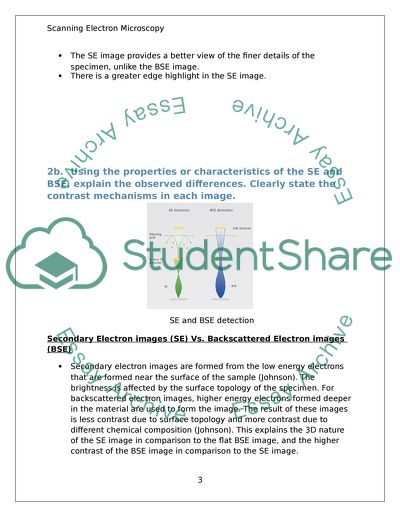Cite this document
(“Scanning Electron Microscopy Coursework Example | Topics and Well Written Essays - 2500 words”, n.d.)
Retrieved de https://studentshare.org/physics/1390166-scanning-electron-microscopy
Retrieved de https://studentshare.org/physics/1390166-scanning-electron-microscopy
(Scanning Electron Microscopy Coursework Example | Topics and Well Written Essays - 2500 Words)
https://studentshare.org/physics/1390166-scanning-electron-microscopy.
https://studentshare.org/physics/1390166-scanning-electron-microscopy.
“Scanning Electron Microscopy Coursework Example | Topics and Well Written Essays - 2500 Words”, n.d. https://studentshare.org/physics/1390166-scanning-electron-microscopy.


